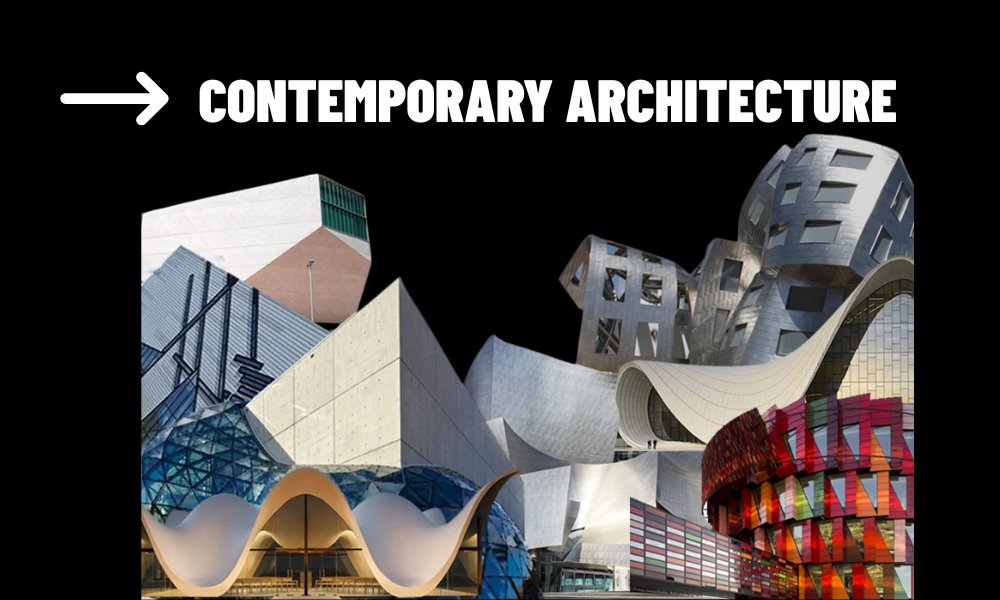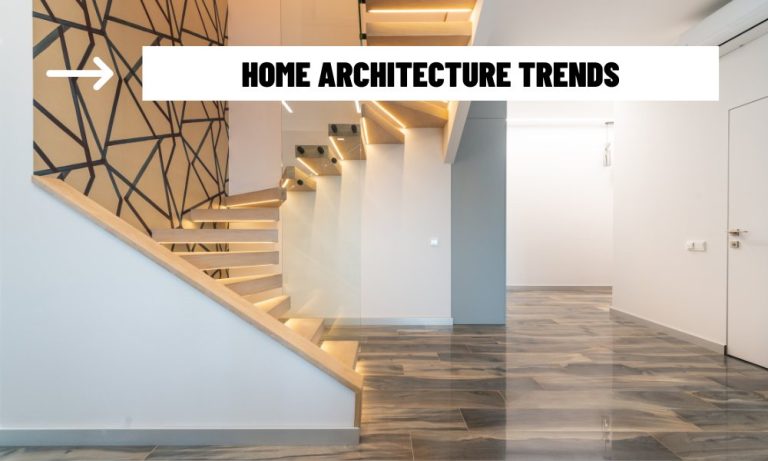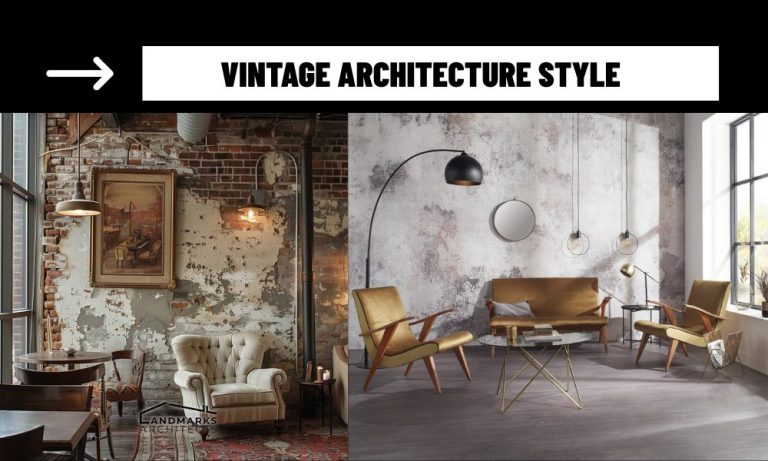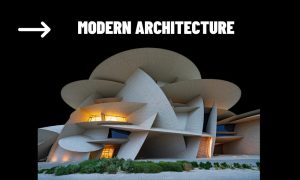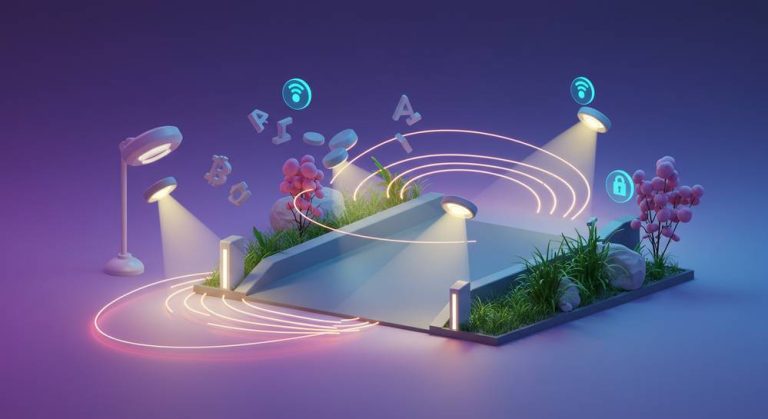Contemporary architecture is a language of the present, shaped by shifting lifestyles, environmental urgency, and technological change. It doesn’t conform to a fixed aesthetic but instead reflects the needs and values of the moment. In the age of smart homes and connected living, contemporary design creates environments that are as emotionally intelligent as they are technologically advanced.
1. Space That Listens Before It Speaks
Walking into a contemporary home, you rarely feel overwhelmed. There’s a sense of clarity — not from emptiness, but from intention. Everything has room to breathe. And in that quiet, the architecture begins to listen.
Unlike traditional design, which often asserts its presence through pattern and ornament, contemporary architecture invites interaction through subtlety. It’s not trying to impress you; it’s trying to understand you. The light shifts gently with the time of day. The layout suggests movement without forcing it. Walls seem to pause instead of shout. It’s in these quiet gestures that contemporary design earns its depth.
2. Architecture That Moves With You
The rhythm of modern life rarely holds still — we blend work with home, screen time with social time, solitude with stimulation. Contemporary architecture doesn’t resist this complexity; it moves with it. Spaces are designed to shift in use, mood, and meaning. A kitchen becomes a coworking hub. A bedroom becomes a sanctuary for mindfulness.
But it’s not just flexibility in layout that defines this movement — it’s responsiveness. In homes built with intelligent systems, the architecture itself becomes dynamic. Temperature adjusts before discomfort arrives. Lighting anticipates routine. Privacy is preserved through intuitive transitions in design. The house feels alive, not with noise, but with quiet responsiveness.
3. Honesty in Material, Depth in Atmosphere
In a contemporary home, you often find an honesty that’s hard to define but easy to feel. Surfaces don’t try to imitate; they reveal. Concrete is allowed to be concrete. Wood, raw or refined, becomes a tactile connection to something grounding. Materials don’t compete — they harmonize.
This honesty extends to atmosphere. There’s no race to fill space, only to shape it meaningfully. And in this shaping, the invisible becomes essential: acoustics that calm, light that nourishes, air that renews. The result is not just a beautiful environment, but one that supports mental clarity and emotional restoration.
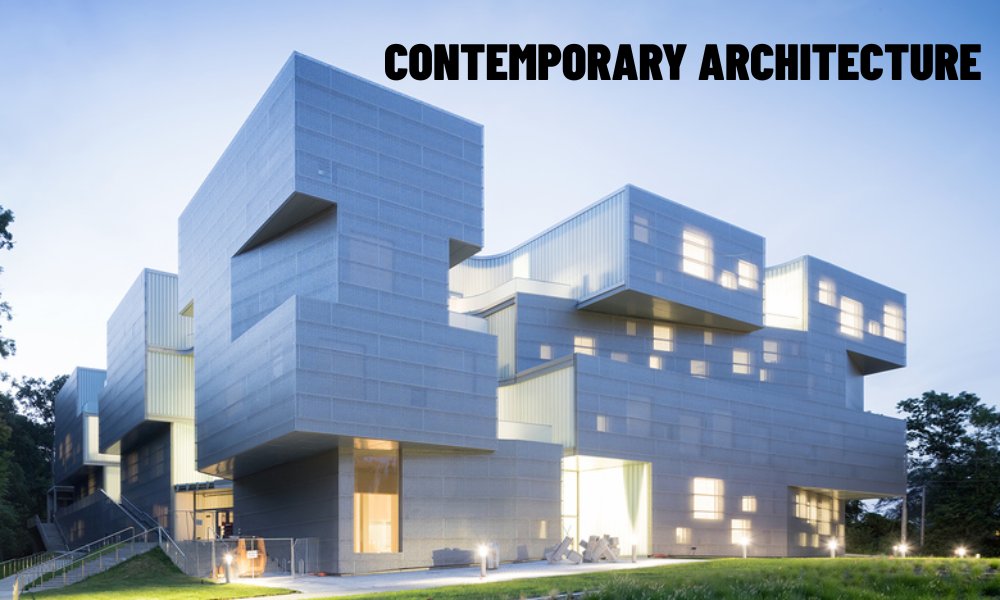
4. Technology That Knows When to Disappear
In an age when technology touches nearly every part of life, contemporary architecture doesn’t seek to display it — it seeks to humanize it. The goal isn’t to create homes filled with devices, but to create homes where intelligence is felt more than seen. Where digital infrastructure serves experience, not dominates it.
This is what makes the integration of smart home systems so powerful in contemporary design. It’s not about voice-activated gadgets, but about environments that understand presence. The thermostat doesn’t just heat — it learns your rhythm. The lighting doesn’t just turn on — it adapts to the day’s mood. Here, the tech doesn’t just respond; it collaborates.
5. Designing for Change, Without Losing Center
If there’s a defining quality to contemporary architecture, it’s its openness to change — not as disruption, but as a constant. Spaces aren’t built to resist time, but to evolve with it. A child grows up. A job goes remote. A city reshapes itself. Rather than forcing life to conform to static walls, contemporary design embraces transition.
And yet, beneath that flexibility lies a powerful sense of center. A home doesn’t lose its identity simply because its use changes. In fact, it gains richness. It becomes layered with memory, function, and emotion. And that is perhaps the most radical gift of contemporary architecture: it doesn’t ask you to fit into it. It grows to fit you.
Contemporary architecture is not about novelty — it’s about now. It responds to the urgency of climate, the intimacy of technology, and the complexity of human lives. In doing so, it creates more than buildings. It creates places where time can slow, clarity can return, and life can be felt fully. It’s not just a reflection of the present — it’s a gentle rehearsal for the future.
